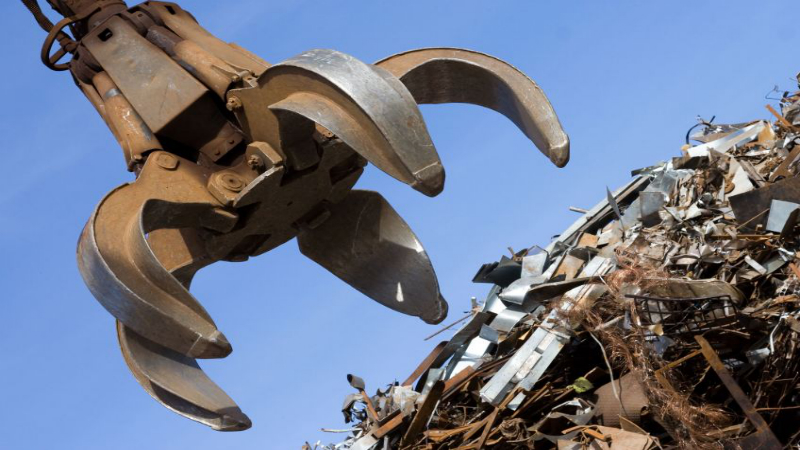Since its introduction in 1915, stainless steel has been used in a large variety of industries due to its excellent mechanical and corrosion properties. Stainless steel contains a wide range of alloying elements such as chromium, nickel, molybdenum, copper and titanium. Chromium gives steel its unique stainless and corrosion resistance features. Stainless steel is 100 percent recyclable, and typically meets the lifetime requirements for a project. The process for recycling stainless steel is similar to the process of producing it. This makes it cost-effective to recycle and has also led to its high recapture rates. The type of stainless steel made from scrap or recycled metal is known as Secondary Stainless Steel. Here are some commonly asked questions about secondary stainless steels.
What are some general characteristics of secondary stainless steel?
The general characteristics of stainless steels include:
* High corrosion resistance
* High strength and hardness
* High ductility
* Lower magnetic response (austenitic steels only)
* Good work hardening rate
What are the various types of secondary stainless steels?
Secondary stainless steels can be divided into five broad categories:
* Austenitic steels: They are the largest portion of stainless steels in the market. Austenitic steels are the most weld-able secondary stainless grades. They are not heat treatable and are non-magnetic.
* Ferritic steels: They are collectively known as the 400 series. Ferritic steels have high formability and ductility properties, but their ability to withstand high temperature is relatively poor than austenitic steels.
* Martensitic steels: These are magnetic and heat treatable. They are used to make cutting tools, knives and surgical equipment.
* Duplex steels: They have greater stress corrosion cracking resistance and strength than austenitic steels.
* Precipitation hardening: These chromium-nickel stainless steels contain other alloying elements such as copper, titanium and aluminum. They are either martensitic or austenitic in the aged condition.
What are some critical factors to consider when choosing a particular type of stainless steel?
Some key factors to take into account when choosing stainless steel include:
* Type of application
* Environment
* Corrosion and corrosion resistance
* Crevice corrosion
* Pitting
* Oxidation and tarnish resistance
With a good understanding of the above information, it will be easy to choose the right type of Secondary Stainless Steel. For additional details about secondary stainless steels, please contact Toma Metals Inc. You can also connect with them on Facebook.








